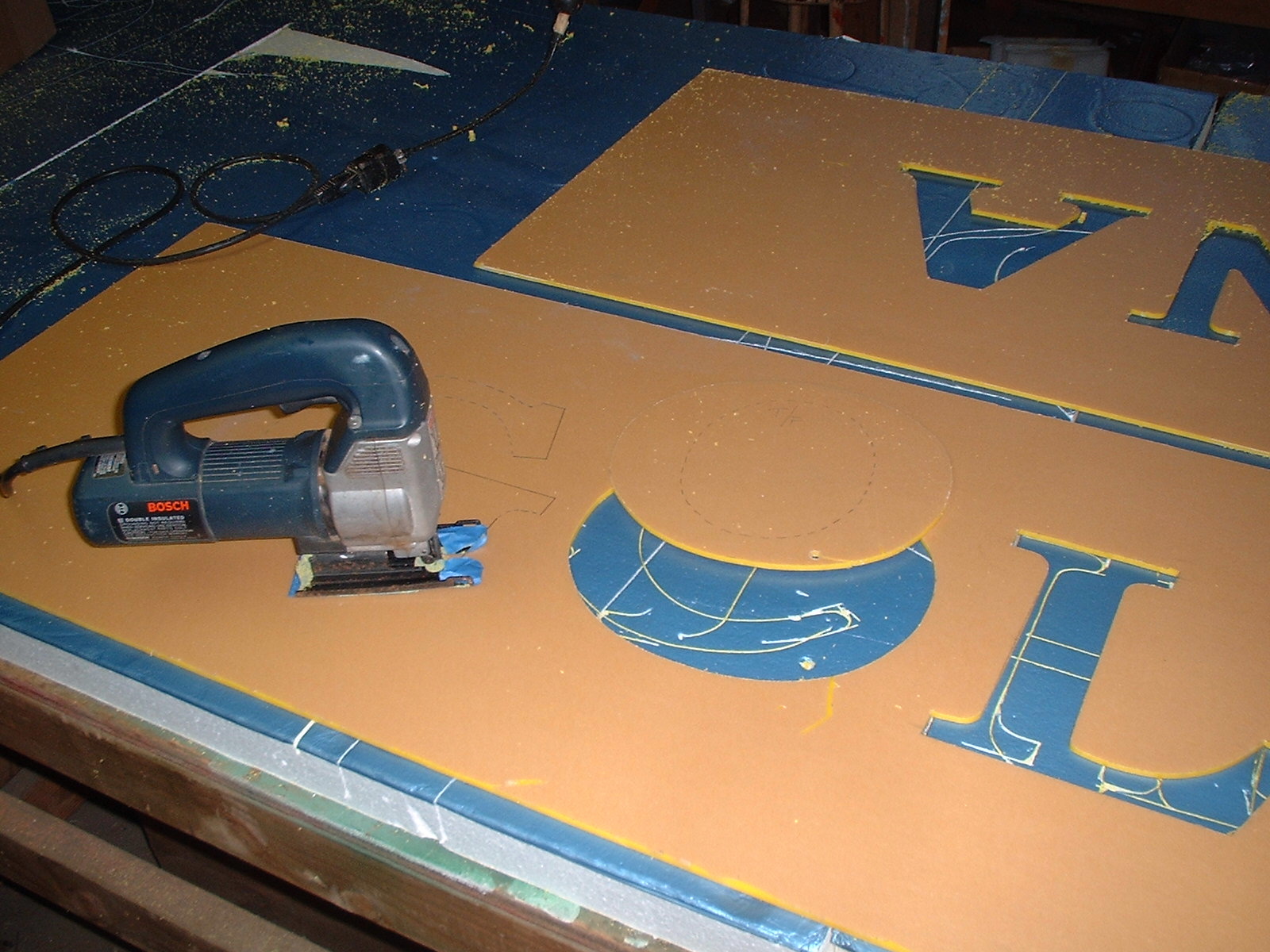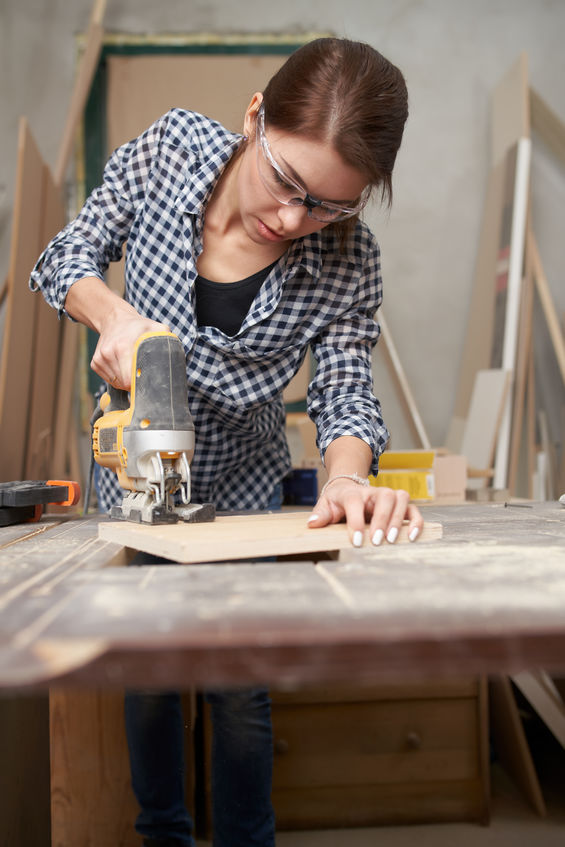Sign Fabrication
Sign Fabrication techniques is an area of Sign Making that I have focused on for the last 50 years. I love to fab or what might be termed, being a Sign Maker.
This is a story that may be off point but relevant. When I was 5 or 6, I was “helping” my grandfather when I got the tips of 2 fingers on my left hand smashed in a sheet metal brake ( a device for bending sheet metal ). As a result, I was banned from the sign shop by both my mother and grandmother.
Being banned made sign making much more alluring and somewhat mysterious. So, I would sneak into the shop when my father and grandfather were away and sign making became my favorite play activity.
How Amazing is This?
During my lifetime sign making changed from hand lettering and screen printing to neon and fluorescent illuminated signage to CNC fabricated, touch screen directories, LED illuminated, and now they are developing holograms and things I can’t even imagine.
There are also many sign types and fabrication techniques, some are old, and some are new. I intend to address many of them in the following pages.
Sign making at all levels is a rewarding and challenging trade. It can be so simple yet also very challenging. The variety of materials and techniques is truly amazing. By reading some of the other pages in this category you will be able to see just how amazing and challenging fab can be.
There are many Paths to Sign Fabrication Success
I need to add a caveat here that I am not claiming that I know and practice The Best Way to do anything. I am always looking for better techniques and safer ways to do things.
Techniques and materials that save energy or are environmentally friendly are usually preferred. You will find that easier is a relative term. Some things may be very difficult for one person but easier for another. The best way is the technique that works for you personally and gives you the best result.
What You Can Expect from Me

I am writing about prepping basic materials for hand lettering, vinyl lettering, carved signs, screen printing, digital printing and eventually illuminated signs like neon, fluorescent, and LEDs.
I am also writing about basic tools and techniques as well as advanced fabrication equipment (CNC) and techniques.
Just between materials and fabrication methods, both older and newer methods, there are many branches on the tree that makeup the following pages about fabrication.
Techniques and Methods of Work
Shop skills and working space are also things to consider when starting out in this trade. Whether you want to make signs for yourself or sell them to others will make a big difference in what types of signs you learn to make.
I must take a moment here to write about shop safety. There is an entire tree on this site discussing shop safety. It may be the most important information on the site.
Learn to Fabricate Safely
 WHERE IS HER PARTICAL MASK?
WHERE IS HER PARTICAL MASK?Shop Safety may be the most important information on the site. I chose this photo because I support women in the trades but I want to point out that she is not wearing a partical mask. Sawdust can be a killer over time.
Many of the dangers in the shop may not immediately be seen as threatening but over time they accumulate to injure the fabricator. Noise pollution in the shop and chemical exposure are definately on that list.
Please Do It Safely
Most safety discussions tend to be slanted towards the employer’s point of view. OSHA tends to punish employers who do not show an adequate commitment to safety.
But the persons who should be most interested in safety are the ones who climb ladders or run power tools or spray paint or who handle potentially dangerous chemicals. Also, persons who lift heavy objects or who may have had a previous injury should pay particular attention to the pages on safety.
People who drive as part of the job, whether it’s a Privately Owned Vehicle (POV) or company owned equipment or man lifts, need to be continuously on guard for road hazards, other careless drivers, and pedestrians.
Now, with that being said, let’s proceed to the branches of this fabrication tree with the pages that follow.


